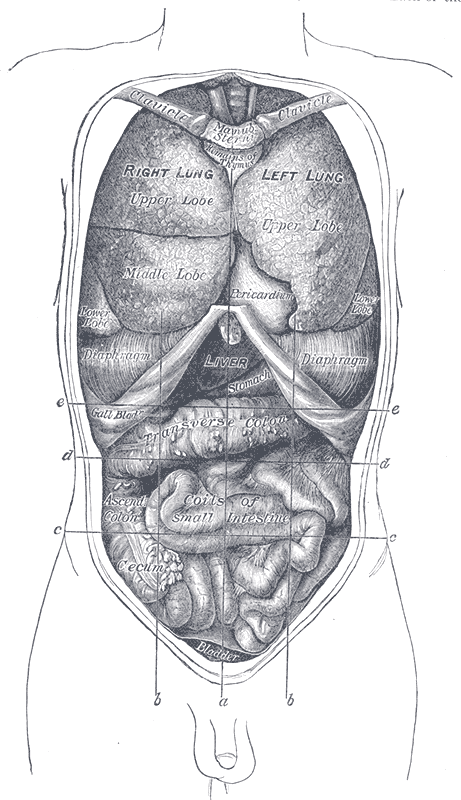Summary by Meagan Pate
Fever and Neutropenia
Immune system
• 2 systems
◦ Innate, i.e. neutrophils, monos, etc
‣ First line of defense against microbes that get into places they don’t belong
• Adaptive, i.e. lymphs, macs
‣ Specific for each pathogen using antibodies and specialized killer cells
• Neutropenic patients
◦ Affected by germs already in the body or by environmental microbes
‣ Absence of PMNs and other leukocytes mean that even small number of microbes ‣ can escape local control and cause fevers in neutropenic patients
Patients can still mount a fever — and do so, even to these very low burdens
‣ Granulocytopenia and risk of infection
• Risk starts to rise at 500 (which is why -penia is defined at 500)
◦ With prolonged neutropenia, the risk basically goes to 100% (at about 6 weeks, with WBC ◦ <0.1)
Introduction of the empiric method of treatment led to the marked reduction in mortality ◦ (GNR bacteremia was nearly a death sentence in the 1960s)
The spectrum of treatment of infections in neutropenic patients
• Curative therapy for culture-proven or clinically suspected infections
◦ At the other end of the spectrum is prophylactic measures
◦ In the middle is empiric therapy for fever not associated with transfusion, chemo, or other ◦ non-infectious sources
The empiric model involves H&P, culturing, and initiation of empiric treatment
‣ The monotherapy drugs include the penems, pip-tazo, and cefepime
‣ Requirements for abx choice:
‣ Must be potent: rapidly -cidal since you have no immune system
• Gram-negative with broad spectrum, to cover:
• Enterobaceriaceae
◦ Pseudomonas
◦ Gram-positive
• MSSA
◦ Streptococci incl beta-hemolytic and Strep viridans
◦ The penems, cefepime, and pip-tazo do a good job with these requirements — • do they get all the bugs? No, but they do a good job
Studies all show that the monotherapies are equivalent
‣ Successful outcomes depend on:
‣ Early identification of potentially infected patient
• Rapid infusion of appropriate abx
• Diligent search for potential sources
• Attentive monitoring of successful response to treatment
• What about defervescence?
• Somewhere between 2 and 4 days — true for PNA, urosepsis, sepsis, etc
◦ What determines survival?
• The status of the leukemia
◦ If you don’t go into remission, if you relapse, etc; your survival curve is much worse — it’s ◦ the overwhelming determinant
What about vanc?
•
At least two good RCTs that say you don’t routinely add vanc to neutropenic fever
◦ Rates of AKI are increasing
◦ Patient remains febrile; do you add vanc? No
◦ Study looking at time to defervescence — still 3-4 days
‣ 5 points to consider for adding vanc:
◦ If you have clinically apparent, serious catheter-related infection
‣ Substantial mucosal damage and high risk for infection with PCN-resistant viridans ‣ Strep
Hypotension or septic shock with no identified pathogen
‣ If you’re buying time in a decompensating patient, treat broadly
• Colonization with PCN-resistance pneumococci or MRSA
‣ BCx positive for G+ bacterium prior to final identification and abx susceptibilities
‣ What about fungus?
• It tends to occur later, i.e after a few days of neutropenia
◦ Incidence
◦ 10% of Candida, 20-25% Aspergillus, 1-5% other
‣ About 25% overall
‣ Overall mortality
• Neutropenic in an ICU: 50-60%
◦ Factors that promote survival:
◦ Age <70
‣ Neutropenic enterocolitis — seems odd, but just a toxicity associated with chemo and ‣ the gut
Increased mortality:
◦ Transplant patients (allergenic HSCT)
‣ Microbiological documentation
‣ Invasive mechanical ventilation
‣ RR



